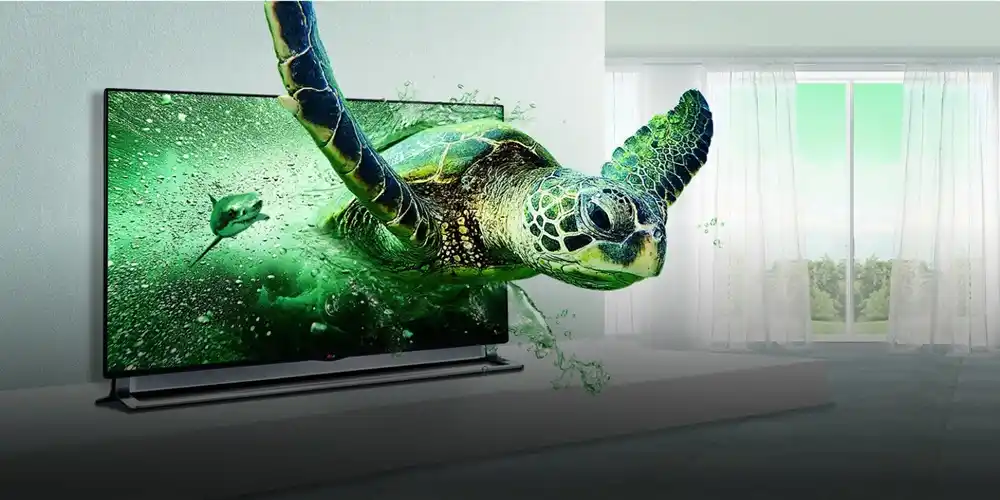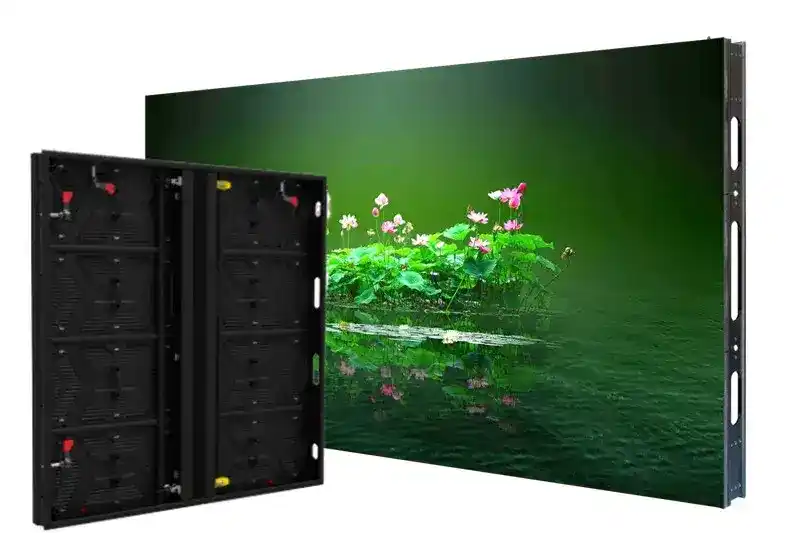Glasses-Free 3D Display Technology: How It Works
Have you ever been in one of those situations when you're passing by a big billboard and you see this giant tiger appearing as if it's coming out of the screen? That is actually one of science's new revolutions, called 'glasses-free 3D Display Technology.' It is already changing how brands advertise their products and how customers view their digital content. Also, you must know that these displays and technologies were once considered futuristic but are now the new norm. They're becoming the stars of LED advertising, and brands like Cinstar LED are further enhancing this technology. And in case you're thinking about this trend and want to know more, this is just the perfect place to be.
In this blog, we'll take you through the concept of glasses-free 3D displays, how they work, and why they are becoming so popular. Let's get started:

What Is Glasses-Free 3D Display Technology?
Glasses-free 3D display technology is a technology that gives you the illusion of depth without any eyewear. Also, these display types will allow you to see different images with each eye, which is basically like mimicking the natural human eye vision. And in the end, this will give you a very realistic 3D effect that makes that tiger we talked about appear as if it's coming out of the screen.
When it comes to its use cases, this technology is being applied in huge building-mounted 3D LED displays as well as on digital billboards. You can also find this in mall installations, which just enhances the overall aesthetic vibes of the advertisement being displayed.
Why Is Glasses-Free 3D Becoming So Popular?
If you've been in the advertising industry for a while, you must know how competitive it can be. People these days scroll quickly, believe in skipping ads, and clear their screen clutter. But, when it comes to a 3D illusion, you cannot just take your eyes away from that, right?" It's large, dynamic, and attention-grabbing for at least 15 seconds, and to be honest, it's more than enough time to advertise your product. Let's just understand why businesses in the advertising industry are loving this 3D LED display technology so much:
- High Engagement: If you've been to Times Square in NYC, you must've seen that people stop and click photos and take videos of those huge LED displays. Well, that's exactly why brands go for it. It gives your advertising campaign a free boost when these people share those videos on social media.
- Immersive Brand Experience: Most of the brands these days have started working on their storytelling. Now, LED advertising helps them bridge this exact gap seamlessly, and that's why you'll see more and more brands that are now turning to it. They're either going for permanent or even rental LED displays.
- No Accessories Needed: Remember when in old times, you needed glasses or other accessories to watch 3D content? Well, you don't anymore. It's simple and hassle-free.
- Perfect For LED Advertising: Now, it doesn't matter if your brand is launching a new product or it's just entertainment content; this technology is working wonders for both.

How Glasses-Free 3D Displays Work
Now that we've covered the basics of this technology, let's help you understand how it works so that you have better clarity. Let's get started:
1.Parallax Barrier Technology
So, a parallax is basically a thin layer that you place in front of the display. It has these very tiny slits that help to direct the light from the main screen so that each of your eyes sees the screen differently. And, by "differently," we basically mean in different pixels. So, your left eye sees image A, and then your right eye sees image B, and then your brain basically combines both of these to create a 3D illusion.
2.Lenticular Lens Angle
These are curved lenses that are arranged in vertical strips across your main display. Now, each of these lenses helps to bend the light in different directions, which allows you to have multiple viewing angles. Its major advantage is that it works wonders if you want to go for outdoor billboards or corporate branding.
3.Light Field Display technology
Lastly, this is the most advanced technology among all three. Basically, the light field here displays the projected light from multiple directions simultaneously, which gives you a hologram-like effect. Major benefits that your display will get from this particular technology include smooth motions and extremely realistic visuals.
Conclusion
So, we've covered all the fundamentals about the glasses-free 3D display technology. Remember, it's not just a trend; it's a futuristic concept that's helping many businesses, both small and big, to promote their products and services. So, if your business is also in need of active promotions and increased revenue, it's always better to opt for new technologies like this. You can go for either permanent or rental 3D displays, and while there are a lot of brands that can help you with this, we'd suggest Cinstar LED. We have a strong market presence and a trustworthy reputation, which will ensure you receive seamless, stress-free services from us.
FAQs
1. What is glasses-free 3D display technology?
It's a display system that can generate very 3D illusions just with the naked eye of the viewer, so that the left-hand eye sees one picture and the right-hand eye another. This produces depth and photorealistic effects for advertising and digital content.
2. Why is glasses-free 3D becoming so popular?
First of all, it attracts attention, thus increasing customer involvement, and finally, it provides an incredible experience for the brand. No one has to wear accessories to view the 3D effects, which makes it the perfect solution for advertising, events, and extensive digital installations.
3. How do glasses-free 3D displays function?
They implement one of these mechanisms: parallax barriers, lenticular lenses or light field technology to send different images to each eye, thereby convincing the mind that it is looking at 3D images with depth and lifelike.
4. Where can businesses install these displays?
Besides being great for outdoor advertising on billboards, it can also be used in shopping malls, control rooms, studios, and at special events to increase the visibility, engagement, and brand storytelling without the need for the viewers to wear special glasses.
